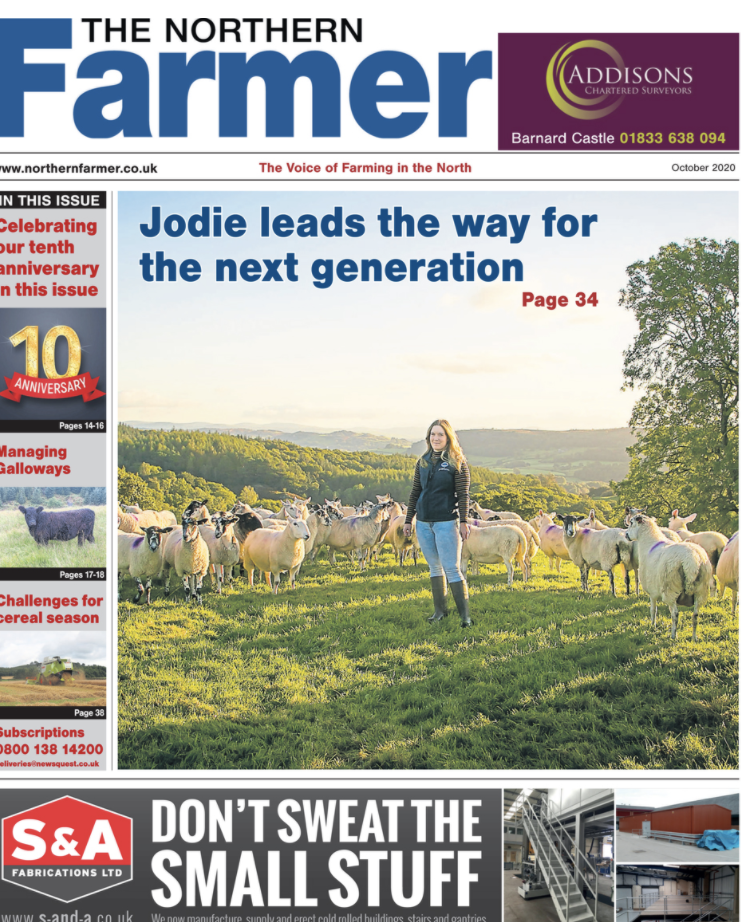The ending of harvest and the start of the main livestock breeding sales period is a time to reflect upon the position of your business and how external factors can contribute to the overall profitability. Since the end of August there has been a decline in the value of sterling against both the dollar and the euro which has forced the ex-farm wheat price up to above £170 tonne, levels not seen since 2012/2013 at this time of year. The combination of the fall in sterling and what seems to be anecdotally an extremely variable harvest across the board for cereals has supported these increases further.
Equally livestock prices are consistently above this time last year with sheep/cattle and pigs showing 17%/10%/8% increase respectively on a year ago. All this is with the backdrop of the transition period ending on the 31st December 2020 and with negotiations continuing with the EU on a new trade deal it is unclear as to the long-term prospects for UK agriculture in a post CAP world.
Alan Falshaw Farm Business Consultant at Vickers and Barrass reflects “Historically agriculture has seen its fortunes rise when the wider economy contracts as was the case in the mid-2000s and this could well be one of those occasions. Ultimately any new trade deal will have a bearing for all commodities going forward and volatility will be something to be aware of in the coming months”.
George Eustice suggested on 22nd September at the Environment Food Rural Affairs Committee meeting that planning for a no-deal scenario is well advanced and predicts a 25% fall in the price of sheep meat as a result. With this possibility he suggested a “ewe special premium” could be introduced if trade were severely disrupted into 2021. The argument for this is that the new breeding season is starting, and it would support the actual rearing of the lambs. The possibility of tariffs being imposed across the board would affect most agricultural commodities however the headline rates per tonne often equate to a very small percentage increase in the finished product. Such as a loaf of bread where the
cost of the base product accounts for only 9% of the final price of a loaf. Alan’s opinion is that all businesses should consider the worst case scenario and how that would impact on overall profitability.
Alan Falshaw’s full article was published in The Northern Farmer Magazine, October edition, click here to read the full article.





